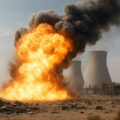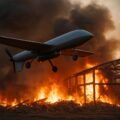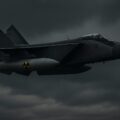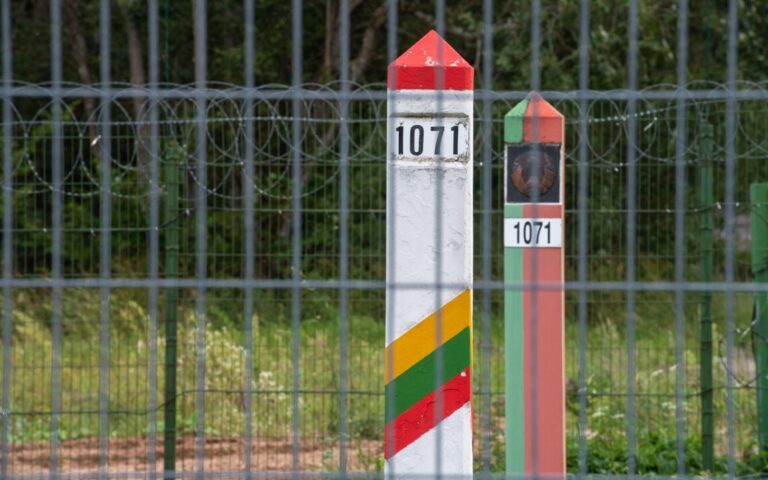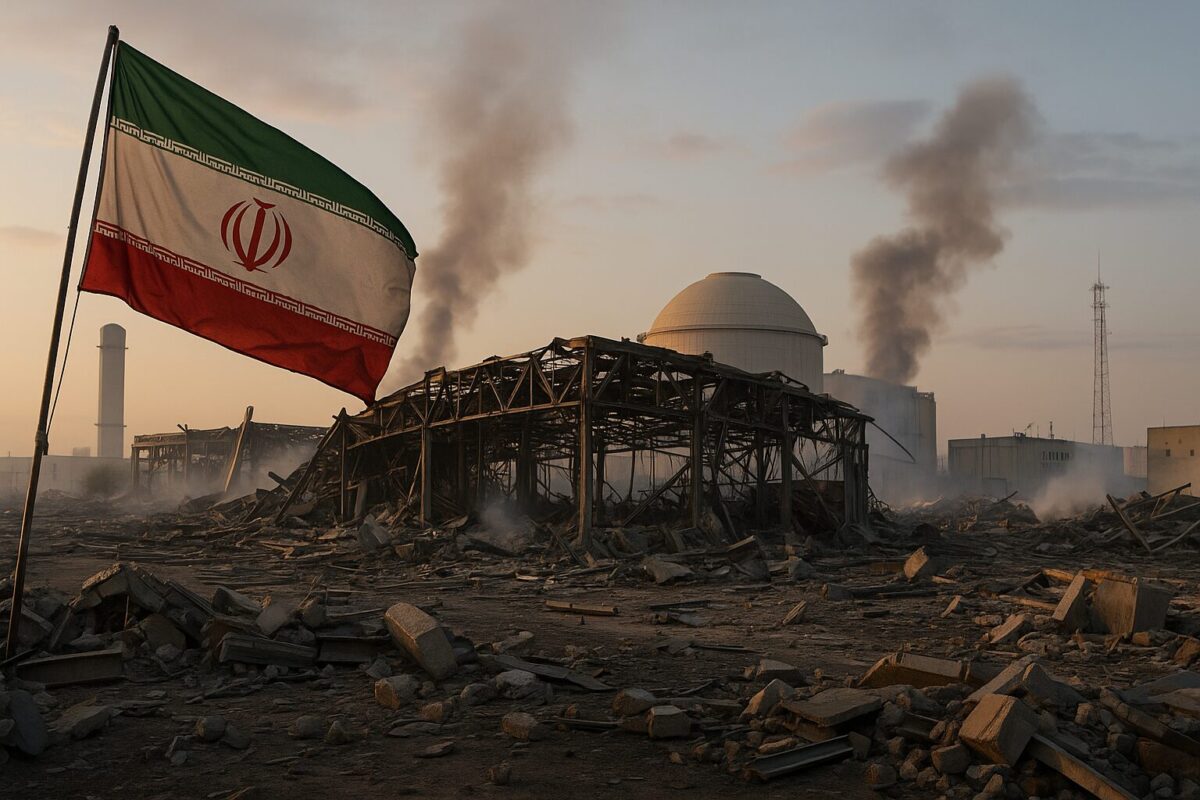
Why Israel struck Iran — and what it means for the Middle East
On June 13, 2025, Israel carried out its most significant strike on Iranian territory in decades. The military operation, dubbed Operation Rising Lion, has escalated the situation in the Middle East to a critical level. This is not a dispute over interests or a war of words. It is now an open confrontation between two regional powers, with possible global consequences.
In this article, you’ll find no drama, no hype, and no clichés. We’ll calmly break down what happened, why Israel acted, what was targeted, and, most importantly, what could come next.
What actually happened?
Israel launched precision airstrikes against multiple targets inside Iran:
- Natanz, the central site for Iran’s uranium enrichment.
- Khondab and Khorramabad, critical nodes of Iran’s nuclear program.
- Missile storage facilities and ballistic missile development sites.
- Possibly included: IRGC command centers and buildings housing nuclear scientists.
Simultaneously, Israel’s Mossad reportedly carried out on-the-ground sabotage disabling air defenses and disrupting power systems.
This operation was a strategic surprise but no accident.
Why did Israel strike?
The primary motivation was neutralizing Iran’s nuclear threat.
Recent intelligence showed a rapid acceleration in Iran’s uranium enrichment. Western experts warn that Iran may be nearing a threshold needed for weaponizing enriched uranium a scenario Israel considers existential.
Israel believes:
- Iran is discreetly advancing toward nuclear weapon capability;
- Diplomatic efforts have failed to halt them;
- A preemptive military strike was the necessary option.
This strike was launched without U.S. troops, though Washington had advance notice and did not intervene.
What precisely did Israel aim to destroy?
This was not terrorism it was a targeted surgical strike on Iran’s nuclear infrastructure:
- Demonstrated capability to reach in-depth strategic targets hundreds of kilometers away.
- Showed readiness to act independently, without backup forces or international support.
- Emphasized operational intelligence in identifying high-value military and nuclear facilities.
- Maintained domestic unity, launching under a stable political climate with no internal protests.
This wasn’t a flashy military stunt it was a coordinated warning shot to Iran and the world.
Why is this so significant?
- Unprecedented scale: The largest strike on Iranian soil by Israel since the early 1980s.
- Direct nuclear-focus: Objectives were roundedly nuclear and military, not civilian.
- Escalation risk: This occurred without U.S. intervention—hinting at Israel’s capacity for autonomous military decisions.
- The world noticed: Oil prices surged 12%, and global investors shifted toward safe-haven assets like gold and U.S. Treasuries.
What is Iran doing now?
Iran’s response has been stern publicly: officials promised a “decisive response.” But:
- They remained silent for five hours after the attack—suggesting shock at the scale.
- Iranian media delayed confirming casualties, including the reported death of IRGC commander Major General Hossein Salami.
- Anti-drone systems and air defenses in Tehran were swiftly activated.
Iran likely didn’t expect such a bold, US-independent strike.
What’s happening around the world?
- Oil prices spiked 12% within a day, fueled by worries of regional instability and threats to crucial chokepoints.
- Gold, U.S. Treasuries surged as investors sought safer assets amid uncertainty.
- Diplomatic circles in the U.S. and EU are quiet: expressions of concern abound publicly, but few are prepared to challenge Israel’s response to a nuclear threat.
Relevant
What comes next?
1. Direct military retaliation by Iran
Iran could fire missiles or drones at Israel—escalating risk. But Israel is braced for defense. The question: will Iran truly risk open war?
2. Proxy conflict escalation
More likely: Iran might strike indirectly via proxies like Hezbollah or Yemen’s Houthis—through attacks on Israeli diplomatic missions, shipping, or border skirmishes.
3. Calculated, delayed response
Iran may hold back tactically, preparing for a targeted strike later—delivered at a time and place of its choosing to maintain plausible deniability.
This is more than a military maneuver. It marks the start of a new phase in regional confrontation.
Israel has demonstrated its resolve and capacity for independent, decisive action. Iran is wounded, but still intact. Global markets are jittery. No one wants full-scale war—but both sides are preparing for it.
In the coming days, one question will determine the next chapter:
Will this be a spark—or the dawn of a hot regional war?






